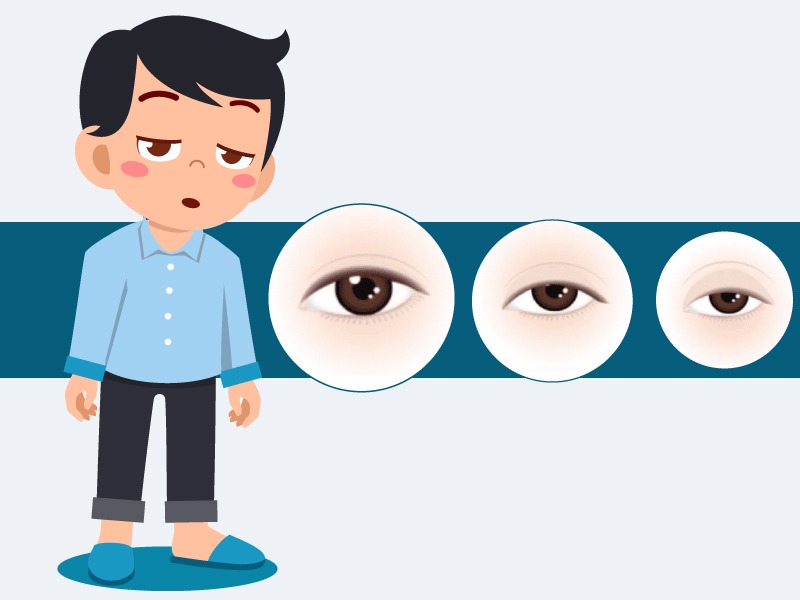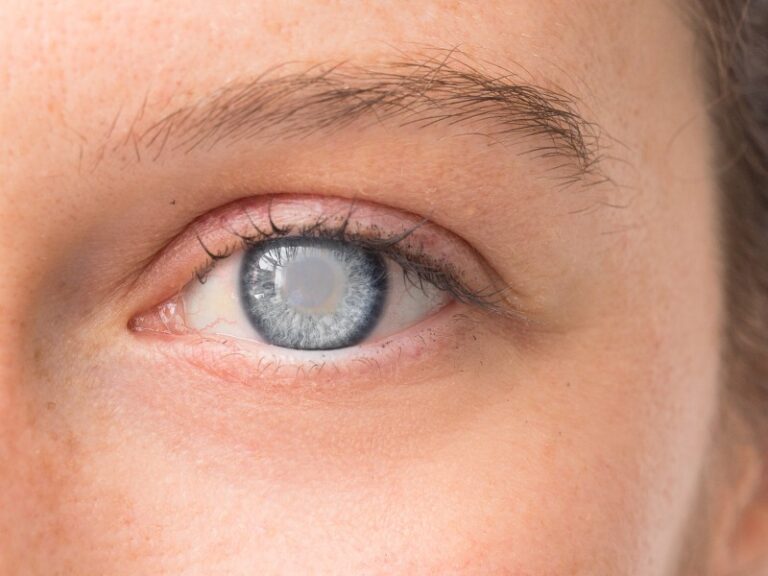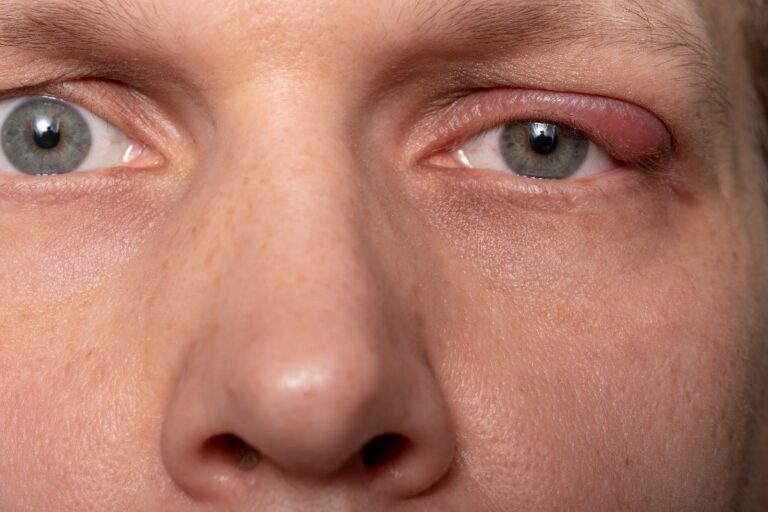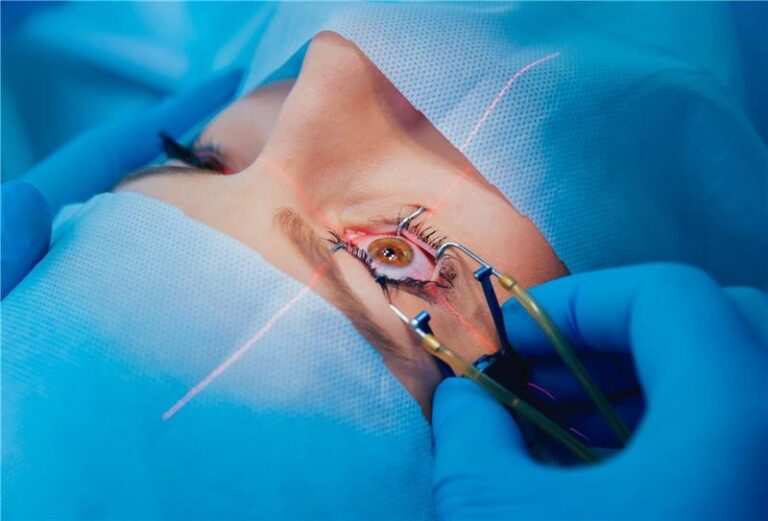All About Ptosis or Droopy Eyelids
Did You Know? Droopy eyelids or ptosis can affect a person’s appearance and vision.
What is it?
Ptosis, or drooping eyelid, is a condition where the upper eyelid droops over the eye. It can also be referred to as blepharoptosis or upper eyelid ptosis. The severity of ptosis can range from mild to severe, depending on the amount of droop.
Causes of Ptosis
Ptosis can be present from birth, known as congenital ptosis, or acquired later in life due to various reasons, such as damage to the nerves controlling the eyelid muscles, injury weakening the muscles and ligaments, or age-related weakening of skin and muscles around the eyes.
Ptosis can also be caused by severe medical conditions, including cancer of the nerves or muscles, stroke, brain tumor, or an eye tumor.
There are two types of ptosis, namely neurogenic ptosis and myogenic ptosis. Neurogenic ptosis occurs when there is a problem with the nerve supply to the muscles that control the eyelids, while myogenic ptosis occurs when there is a problem with the muscle itself. Aponeurotic ptosis is another type of ptosis caused by stretching of the tendon that lifts the eyelid.
Symptoms of Ptosis
Ptosis can limit or reduce normal vision, causing amblyopia or astigmatism in severe cases. The symptoms of drooping eyelid include excessive rubbing of eyes, decreased or blurred vision on upper gaze, impaired vision, cosmetic appearance of a sleepy-looking eye, and extremely dry or watery eyes.
Diagnosis of Ptosis
A doctor can diagnose ptosis by doing a physical examination, checking the appearance of the eye and eyelid, and reviewing the patient’s medical history. Other tests, including a slit lamp exam and Tensilon test, may be required to check muscle strength.
Treatment for Ptosis
If ptosis does not affect vision, the doctor may not recommend treatment.
However, if it blocks or reduces vision, surgery is usually recommended. Botox injections could also be recommended to tighten the upper eyelid if the condition affects the appearance.
Glasses that can hold the eyelid up (ptosis crutch) may be recommended if the condition is temporary, or if the patient is not a suitable candidate for surgery.
Conclusion
Although, ptosis cannot be prevented, checking the symptoms and getting a regular eye checkup can help fight the condition.
Ptosis or droopy eyelid can be a frustrating and concerning condition. Seeking medical attention, getting a regular eye checkup, and treating the condition promptly can help prevent vision problems and improve appearance.





